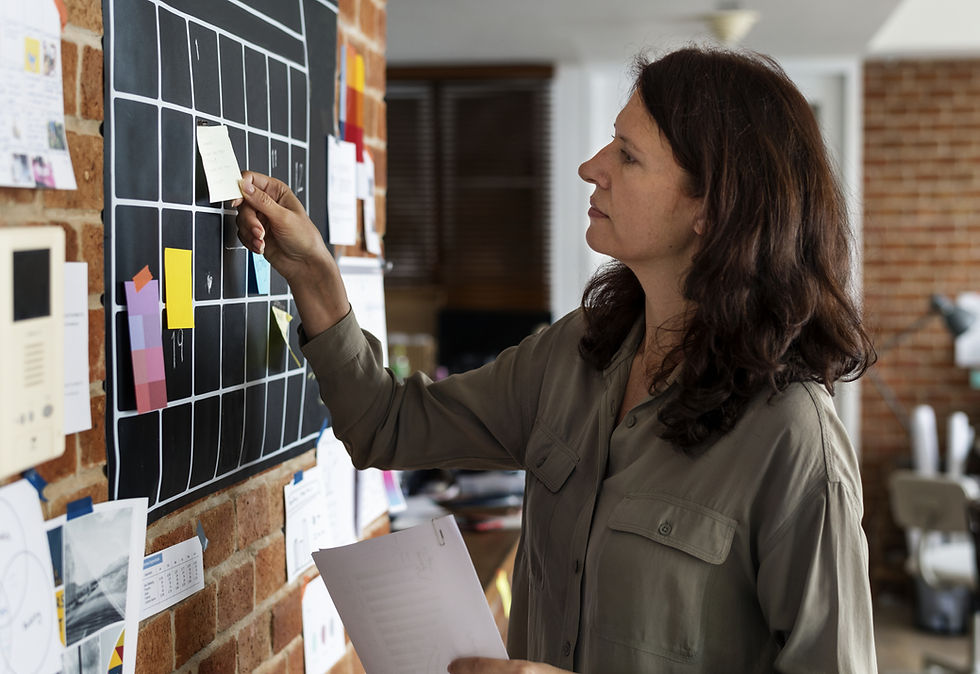Making Questions Count
- Abby Smith

- Apr 5, 2021
- 4 min read
During the school year, my mom watches my 4 year old son. For the past several months they have been playing a card game they named “High Card”. It’s just like the traditional game “War”. Essentially— they each get half a deck of cards, turn one card over at the same time, and whoever has the highest card wins those cards for that round.

The other day when I arrived to pick him up they were playing High Card. I sat down next to them and watched a few rounds. As they both turned over their cards, my mom would enthusiastically say, “Oh you won!” or “Oh my card’s bigger!” and swipe the cards into the winner’s pile. This went on for the remainder of the game, each round lasting about two seconds before the next two cards were flipped. My teacher-brain couldn’t help but observe through the lens of the learning opportunities this game afforded, yet were being missed because
each round was moving faster than a 4 year old brain can likely process.
my mom was the one working the hardest; she was unintentionally doing the math thinking & telling him which card was the highest.
This reminded me not only of the importance of wait time (time for a learner to reason and reflect), but how asking children simple, intentional, questions during every day experiences like this one can maximize the opportunity to promote mathematical thinking & learning!
I once watched a video called Ever ask them what they wonder? and it completely changed the way I respond to my children’s inquiries! We know that young children ask questions incessantly as they learn to navigate the world. A slight shift in the way we respond can encourage them to think critically & make connections in the world around them. I learned that when my students or my own children ask a question, I should first ask them what they think. Doing so allows their ideas to surface & lets their curiosity guide their wondering. When children discover or develop meaning of things on their own, they are more likely to understand, remember, and build on that learning.
BEFORE when my daughter & I drove past a construction site:
My daughter (pointing): Mom, what’s that big machine over there?
Me (looking): That’s a crane. It lifts and moves heavy things.
NOW when my daughter & I drive past a construction site:
My daughter (pointing): Mom, what’s that big machine over there?
Me (looking): Wow that is big! What do you think it is? What do you think they use it for? My daughter: I think they’re going to be able to reach the top of the building now! Me: Interesting idea! What makes you think that?

We know math is EVERYWHERE In our world. This means there are opportunities for children to build math skills each and every day, just doing their normal daily activities! If we, as caregivers, ask questions during these times, a daily activity’s learning value will immediately increase!
Examples:
Playing with legos: Young children- What color lego have you used the most of so far? How do you know? Older children- This lego has 8 studs. If you needed another one but ran out, what other legos might you be able to use?
When free drawing: Did you use any shapes in your drawing? What are they? How many did you use? How many different colors did you end up using in your picture?
When looking at the calendar: I feel like there are patterns here. Do you see any patterns?
When going on a walk: What number is on that house? I wonder if I can predict what number will be on the next house? What is something you are noticing about the numbers on this side of the street?
When doing puzzles: Do you want to find the perimeter pieces first? What do you think perimeter means? Why are there 4 corner pieces?
When kids are getting dressed: How many colors are you wearing today? Do you see any patterns on your clothes? Can we find something else with that pattern?
When guests are coming over: How many people are coming over? Can you predict how many shoes/feet/eyes/noses there will be when everyone arrives?
When making dinner/setting the table: How many people are eating tonight? How many napkins will we need then? How many forks and knives will we need?
WITH ANY SITUATION... What do you notice? What are you wondering? What do you think…..?
I think about these questions and how they apply to the High Card game between my mom and my son. The math game could develop even more skills by pausing for a few seconds after their cards are flipped over, and making him do the math thinking!
Whose number is bigger/smaller?
Who do you think won this round? Why?
Was this round close? How do you know?
A simple adjustment like this can be the difference between just playing a game and creating an enriching learning experience for kids at home!




Comments